How technology is making your watch better
From silicon to straps, innovations in smart design are leading to better watches.
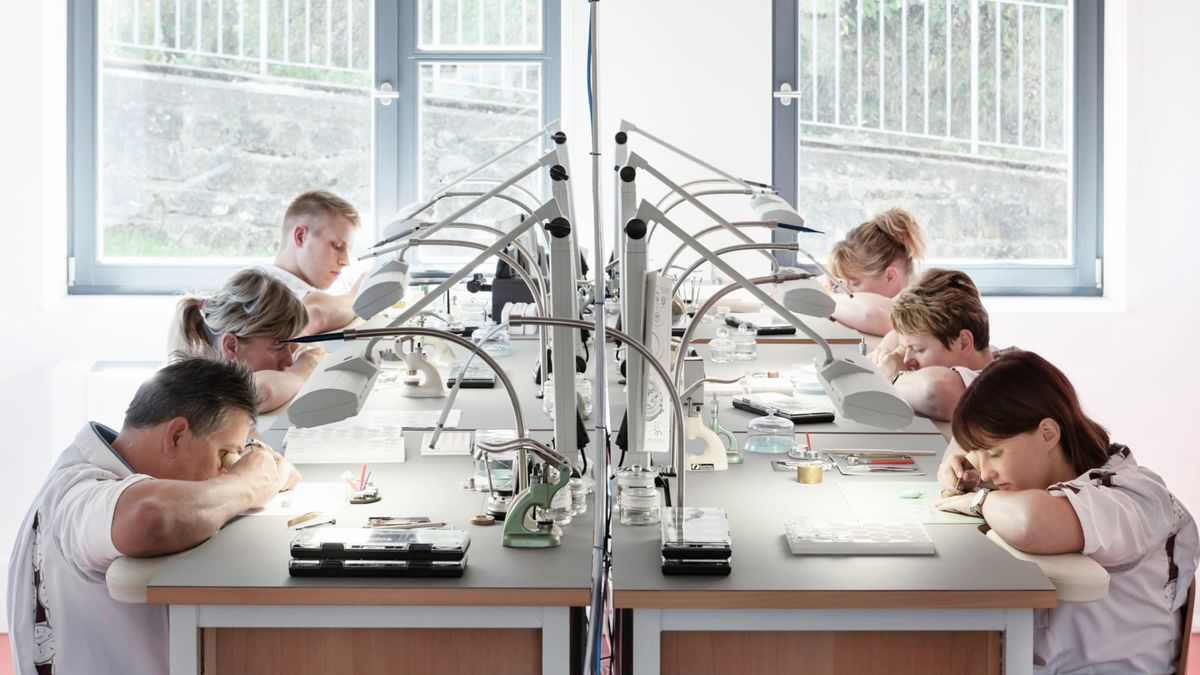
When I say 'smart watch', the first image which leaps to your mind will almost certainly be a watch from Apple, Samsung et al. For today, at least, try to put that aside.
Yes, this is a story about technology in watches, but that's not the tech of RAM, chips and app-laden digital displays.
Instead, we're talking about the type of tools, tricks and processes watchmakers employ to make a better watch.
That's a journey that is intrinsically linked to the development of watches themselves, and one that involves overcoming five main adversaries: water, dust, magnets, the person wearing the watch, and somewhat ironically, time itself.
Dealing with water and dust
Let's take it from the top. Getting water and moisture in your watch is a Bad Idea.
Dust makes the list because back in the day, before more rigorous industrial production techniques, the detritus of life had a way of making its way into your watch and gumming up the gears, so much so that early watches would be marketed as 'dustproof'.
And while that would be true these days, dust is far less of a concern, simply because the technology and tolerances of modern watches that allow for effective water resistance will keep the dust out.
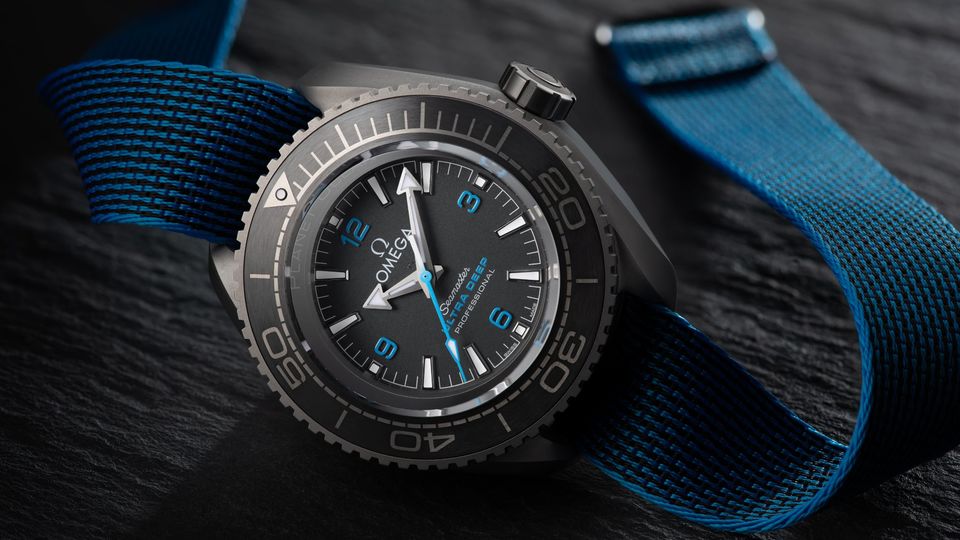
Water, on the other hand, is still very much an issue. Nothing will stop a watch ticking quite like the mechanism taking an unexpected bath.
On top of that, the damage keeps getting worse as rust and corrosion start wreaking havoc on delicate machinery almost instantly.
The primary protections against this sort of damage are rubber gaskets, which, on watches able to get wet are fitted over all the possible points on moisture ingress: the crown, the caseback and the crystal.
These gaskets are often paired with screw-down backs and crowns for extra security.
To be fair, this technology hasn't changed dramatically over time for average wearers, but brands are still pushing the extremes.
Only last year Omega rated a watch for 15,000 metres, and the watch actually dove down to a record depth of 10,925 in a submersible piloted by Victor Vescovo. Impressive stuff, but all for nought if you forget to screw the crown down.
Defeating magnetism
Magnetism is the invisible enemy of watchmaking accuracy – and it's never been a bigger risk.
Phone cases, induction cookers, airport scanners, speakers, even the magnetic clasp of a handbag: all have the potential to throw the accuracy of a mechanical watch out of whack.
The subtle magnetic fields given off by these objects are enough to alter the delicate balance of a watches regulating mechanism, resulting in a significant loss of accuracy.
From the 1950s on the default defence against magnetic fields was to use a Faraday cage – simply surrounding the delicate mechanism with a soft-iron shield that blocks the effects of magnets.
These days, the solutions are more diverse. Non-ferrous alloys and silicon technology have been used since the early 2000s, but by now the technologies are much more commonplace in mechanical watches.
Take, for example, the new Oris Calibre 400, an impressive automatic movement with five days of power reserve.
This movement includes more than 30 non-ferrous components, including a silicon escape wheel and anchor. These inclusions are enough to protect the accuracy of the calibre against everyday magnetism.
Cutting down on wear and tear
A well-made mechanical watch properly looked after can be expected to happily keep ticking for decades or even centuries, and that is more true today than ever before.
And while things like scratch-resistant sapphire crystals, tougher cases and the increased use of hard-wearing ceramics for mechanical components, as well as improved lubricants to keep your watch ticking happily for longer.
But without doubt, the hardest wearing watch part of all is the humble strap. After all, you take it on and off repeatedly, expose it everything and anything and (I'm willing to bet) rarely wash or clean it.
On a metal bracelet, this isn't such a big deal (though they do wear over time), and rubber and nylon hold up pretty well too, But if your watch is on leather, that very much has a finite lifespan.
There's innovation at play even here. Luxury watchmakers are increasingly adding quick-release mechanisms to their straps, which allow you to change a strap without needing fiddly tools and a Cert 4 in Mechanical Engineering.
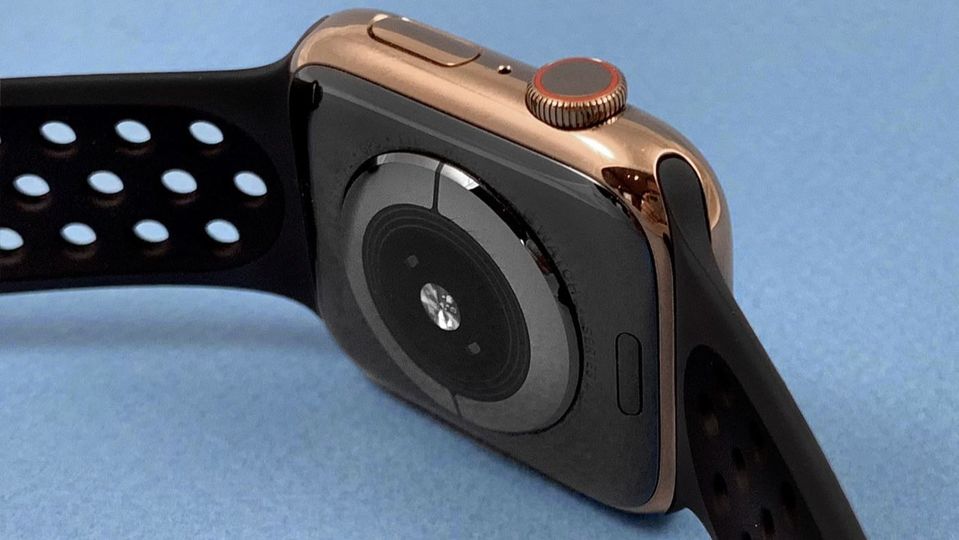
It's an exceptionally user-friendly move that was significantly spurred on by the ingenious straps on the Apple Watch: a simple press of a button and slide made changing from rubber to leather a cinch.
While the methods vary, the result is the same: it's easier for you to change an old strap, or swap it if you know you're going to be doing something that requires a more robust option.
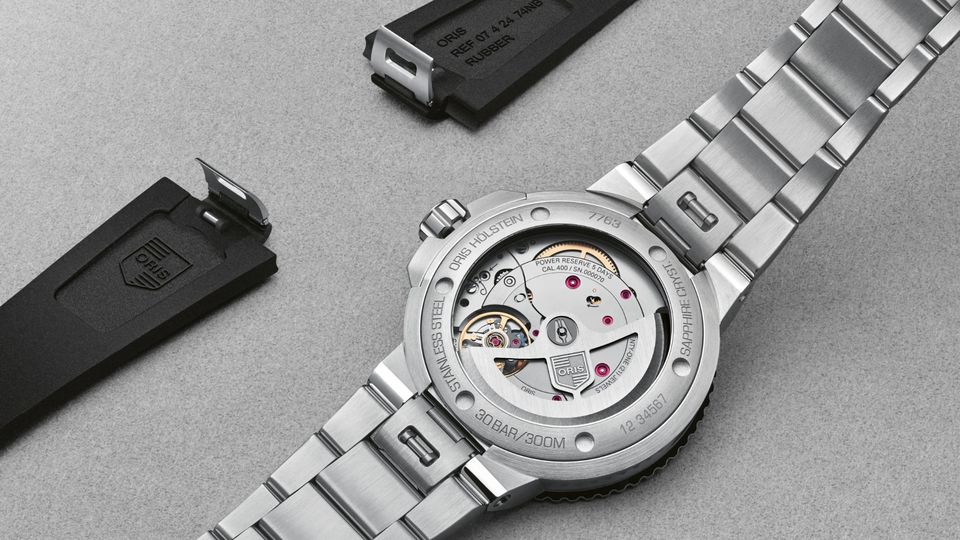
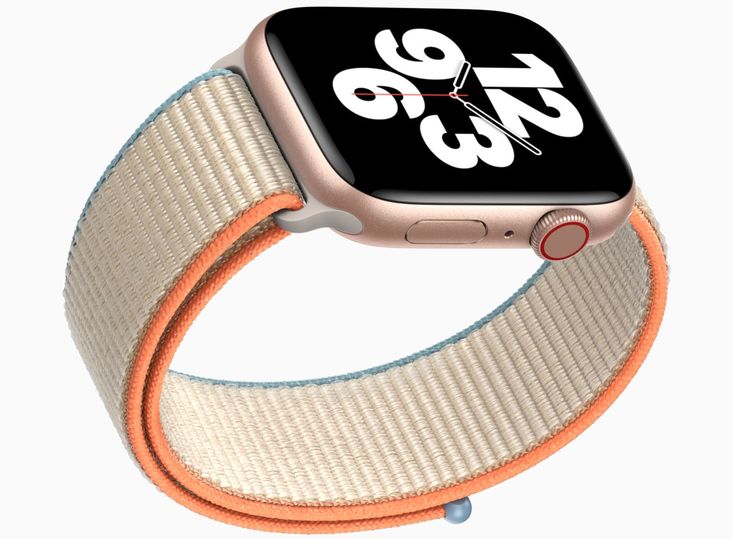

Hi Guest, join in the discussion on How technology is making your watch better